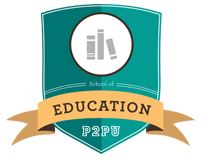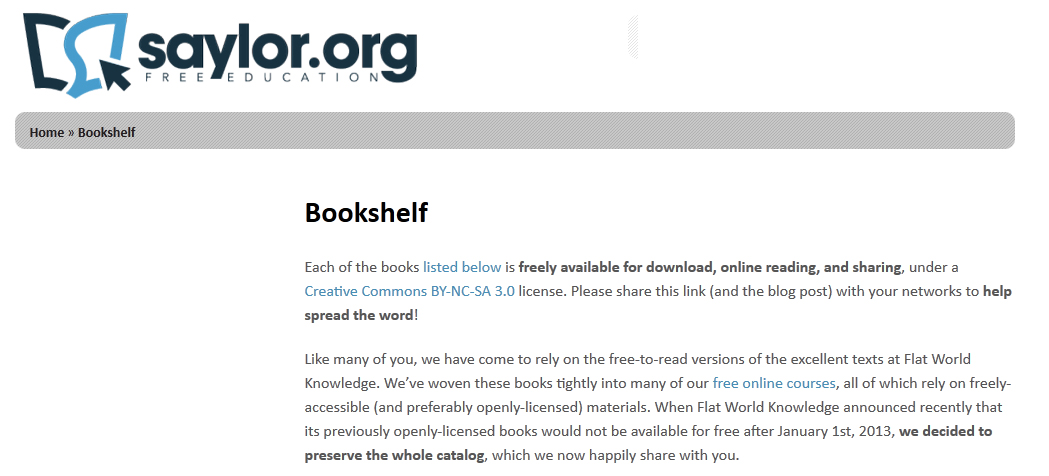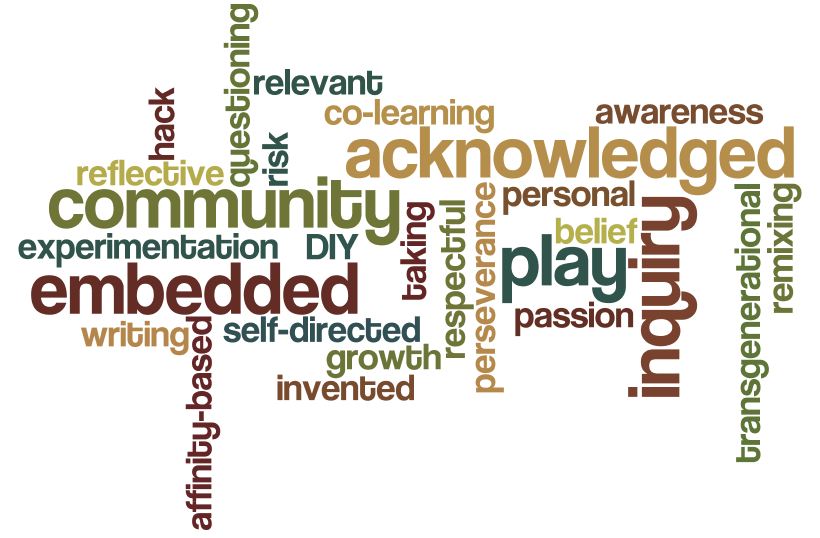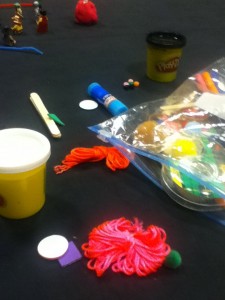There is so much buzz about MOOCs these days. I’ve often said that I’m not a fan of MOOCs….but despite that, I’m have recently written an article about MOOCs and am currently enrolled in two myself.
So I thought it was time to write a post about what I see as the good and the bad, the bright spots and the shortcomings, in MOOCs.
First, there are many kinds of MOOCs, and applying the term to such a broad spectrum is confusing. <Insert rant about imprecise use of language.> The earliest cMOOCs were smaller, connectivist, personal. The newer xMOOCs are truly massive, often impersonal and focused on knowledge transmission.
This brings up the connections (or lack of) between MOOCs and peer learning (about which I am wildly enthusiastic!). I love the model of peer learning and community that exists in places like P2PU. For many pursuits and inquiries, I think there is not better way to learn than as a part of a community.
For some MOOCs, peer learning is a strong part. For many, it is not. My own personal opinion is that it is very hard to foster community in a short-term and “massive” situation, which is the realm of most MOOCs. Community building takes time and care. Further, I believe that active facilitation is a strong predictor of good peer learning experiences. Most MOOCs, by virtue of the fact that they are “massive” and that they are free and/or being done on a shoestring budget, lack good facilitation . (I have done some thinking about how strong facilitation can be done at minimal expense, but I’ll save that for another time.)
So, to the extent that MOOCs can involve peer learning and community, I am excited about them. To the extent that they are just massive content delivery mechanisms with little built-in opportunity to interact and personalize, I’m less excited.
Here are reservations I have about MOOCs:
- The trendiness – Education seems ruled by trends. We have all seen many come and go, leaving tired teachers and learners in their wake. MOOCs are the latest of these.
- Nothing new – To the extent that some MOOCs are just a new name for transmitting online course content, they don’t add much to learning.
- Massive is overrated – I’m not sure that “massive” is the best way to facilitate learning. Many MOOCs seem focused on how many enrollments they generate, rather than whether learner goals are being met. (See “Opportunity” below for a counterpoint.)
- Missing the big opportunity – There are so many exciting things about using online technologies for learning. Many MOOCs seem to be missing these and instead are just delivering more boring video lectures and multiple choice quizzes.
Some have pointed to the corporatization of MOOCs as another negative. I don’t necessarily identify this as a negative. As Bonnie Stewart points out, there is always room for subversion. The co-opting influence of educational-industrial complex on instructional materials and ultimately learning is as prevalent now in digital media as it has been in print. It’s nothing new, but it is incumbent on us as teachers and learners to make the best choices for learning.
And here are the places where I can feel some excitement about MOOCs:
- Openness – MOOCs are providing more access to more open licensed content. That is a good thing. (Important note: Open means different things to different people — open-licensed; openly viewable and transparent; open to enrollment by anyone, anytime. Some “MOOCs” offer none of these things.)
- Opportunity and (more) equity – MOOCs unquestionably provide more access and opportunity to more people to engage in learning.
- Decentralized community learning – In some cases, MOOCs are challenging the top-down knowledge transmission model of school and offering a decentralized, leaner-centered model instead. This is a clear benefit. (Again, not all MOOCs offer this, but where it’s happening, it’s a good thing.)
I’ll save my reflections on the two MOOCs I am in for another post. In the meantime, what do you think about MOOCs? Where are the potentials, and where are the pitfalls?
What are your personal experiences?




